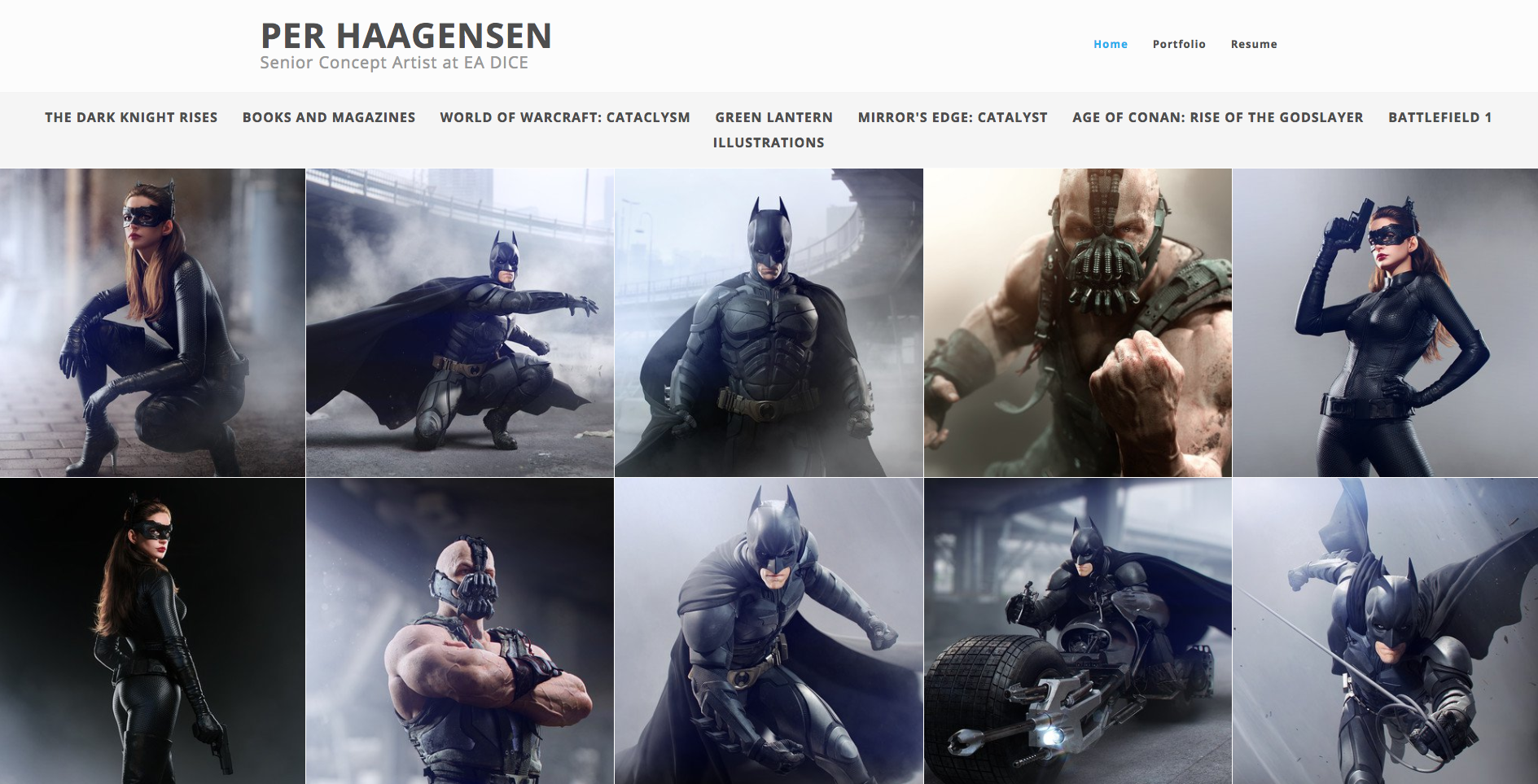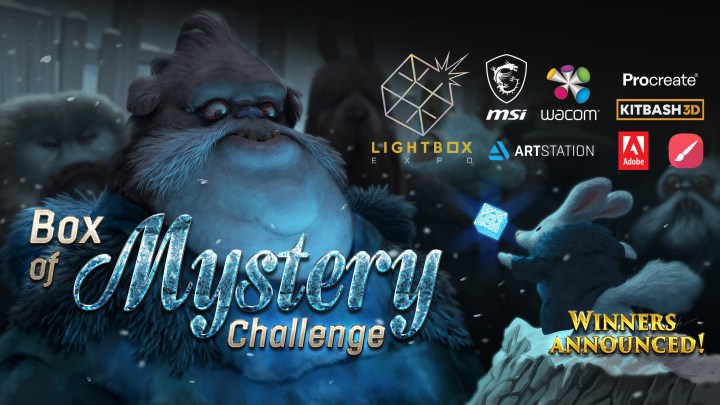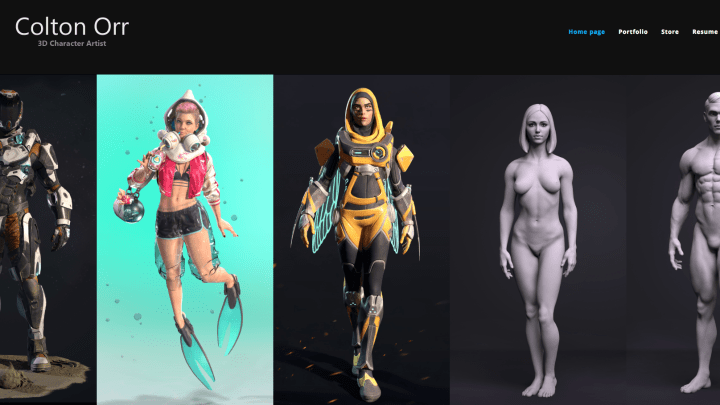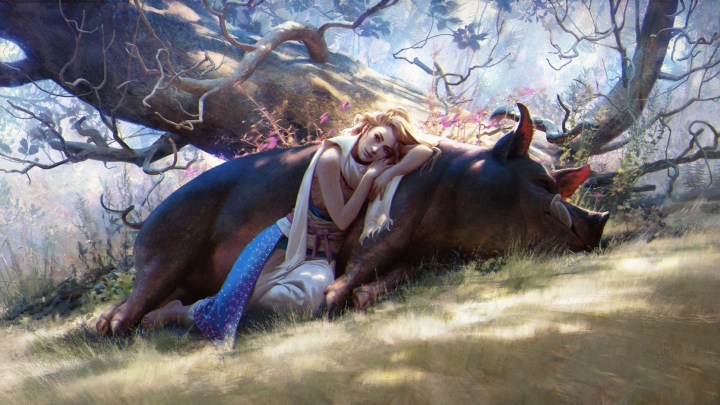Featured Pro Portfolio: Per Haagensen
With the sleek Basic theme as the new default, setting up your own portfolio website from ArtStation is as seamless as ever. If you’ve already got your artwork uploaded on your profile, upgrading to ArtStation Pro will be like setting up a website with no extra work done – and it’s up to you to customize it to how you like it! This week’s Featured Pro Portfolio interview is with Per Haagensen, a Senior Concept Artist and Character Art Director at EA DICE in Stockholm, Sweden.
Check out Per’s ArtStation-powered portfolio website.
For your line of work, what are the portfolio “must-haves”?
I think at this point it might seem trite to say that foundational skills need to be evident. But from reviewing portfolios I’ll add that I’d like to see evidence in the work that you understand design language and have developed a good “taste” in different styles. Too often do I see portfolios informed by trends and attempting to emulate the style of a peer without any real personality.
Another important aspect is to showcase an insight into the purpose of concepts, what and who it needs to inform. Different styles of concept art for different stages and needs in the production. Also it might be good making sure that it’s clear in the portfolio what you are truly passionate about. You and the company hiring you would be better off having you stay inspired and happy working with the things you do.
Tell us about one of your most exciting projects.
I have quite fond memories of my first project here at DICE, “Mirror’s Edge: Catalyst”, which got me introduced to my awesome and talented colleagues. It really became quite an insightful journey of learning and exploration. The Art Director, Jhony Ljungstedt, not only inspired and supported me throughout, but gave me truly invaluable advice in terms of how to approach and resolve concept design. As a big fan of sci-fi, the style and tone of his art direction really inspired me to dig deep into the design language of this dystopian near-future world.
Focusing mainly on character design from the go, I had great fun collaborating with the Narrative Director, Christopher Emgård, who would provide me with vivid backstories/bios for each character. This really helped me and the AD in finding the unique traits to define them. We would continue to refine them with the character team when choosing face models for 3d scanning, and ultimately with the animation team, when selecting the specific actors for voice and motion capture. Truly an exhilarating process seeing all the hard work from so many different areas of talent coming to life in the game, starting with just words and a few sketches.
About halfway through the production I was honored to take on the responsibility as a character art director to help out Jhony, which gave me such a rewarding opportunity to learn more about the production pipeline. Observing and assisting the character team (consisting of Linus, Sanna, Rui and Arvid) in reaching the visual target really made me see not only how talented they are, but the crazy amount of problem solving involved from receiving a concept through to finalizing the game model. It gave me a much better understanding of their expectations and needs from a concept design.
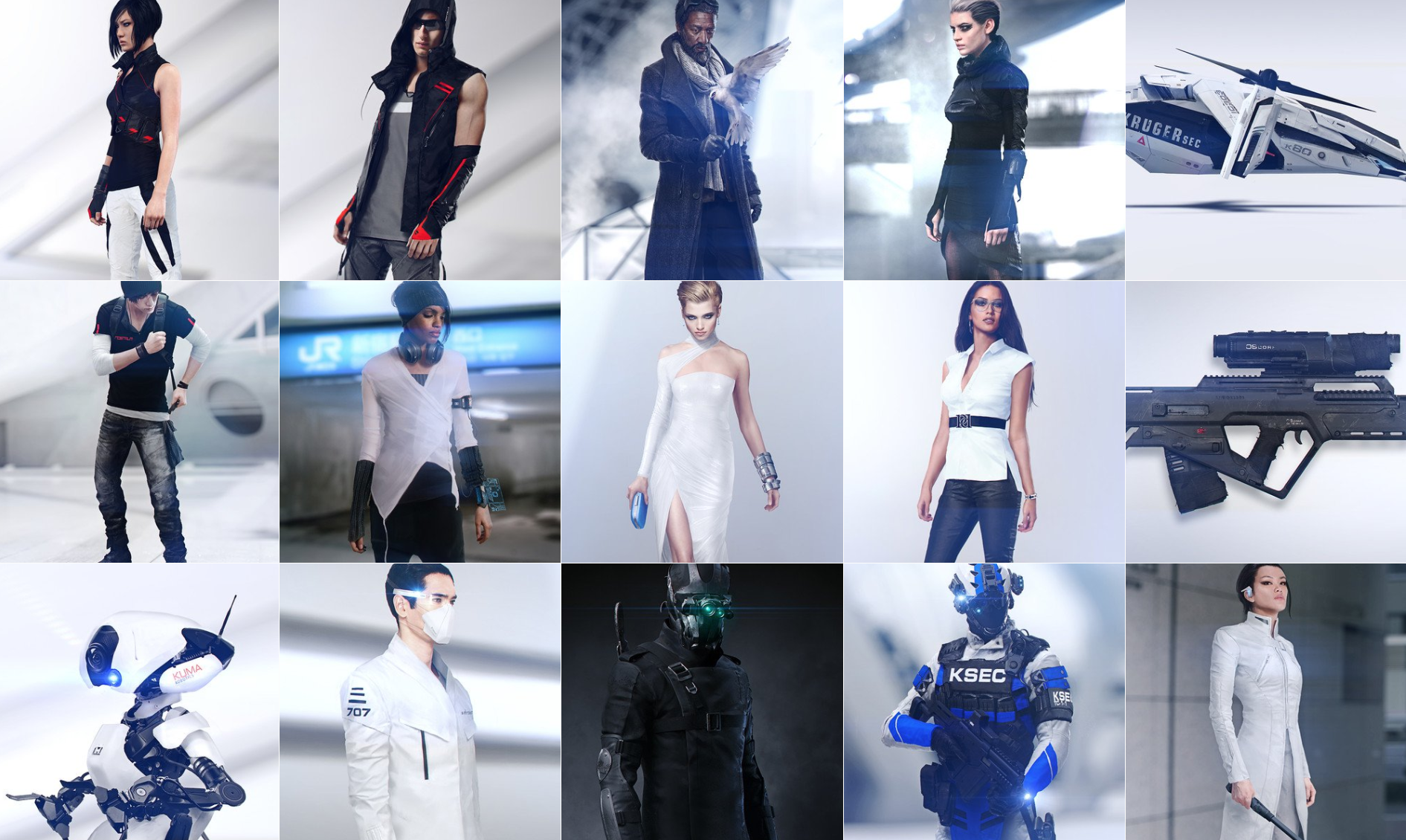 How did you get started working professionally as an artist?
How did you get started working professionally as an artist?
While in the UK studying for my BFA degree in Illustration, during the final year one of my lecturers actually got me in touch with an American agency, Shannon Associates, as he thought the style of my work would be suitable for the American market. They got me started pretty much straight away with some Magazine work, which was great for the experience – but as my intent was to get into concept art, I kept a vigilant watch online for any job openings from nearby companies. And as luck would have it, Funcom in Norway were looking for a concept artist not long after and my adventure in this industry began with a game called “Age of Conan: Hyborian Adventures”.
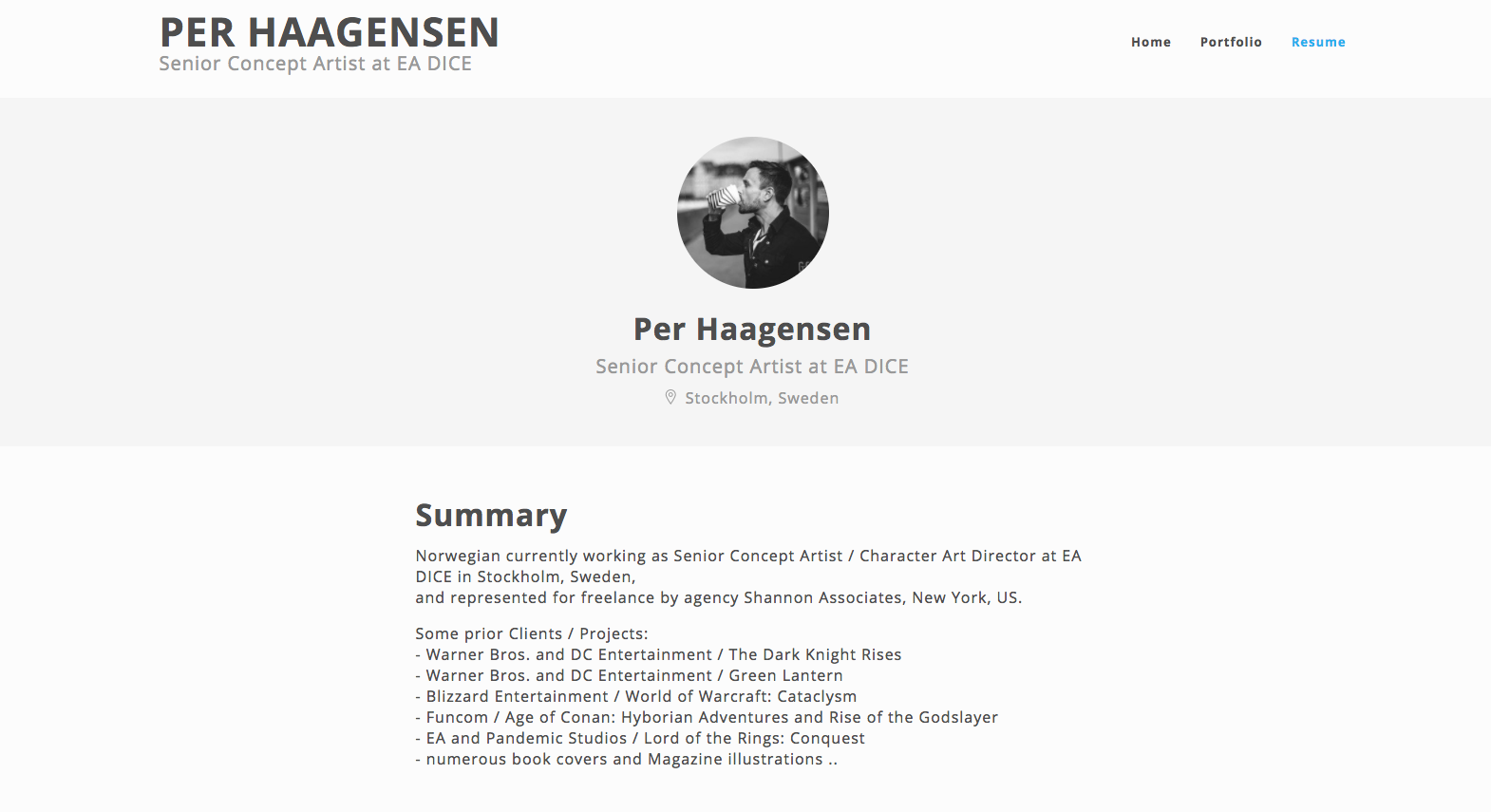 What kind of advice do you have for aspiring artists?
What kind of advice do you have for aspiring artists?
I guess I’ll harp a bit more on how paramount the need to take the time to master the fundamentals is. Don’t jump into shortcuts and tricks right away. Be patient and learn to paint/sculpt something from scratch before using photo/kit bashing techniques.
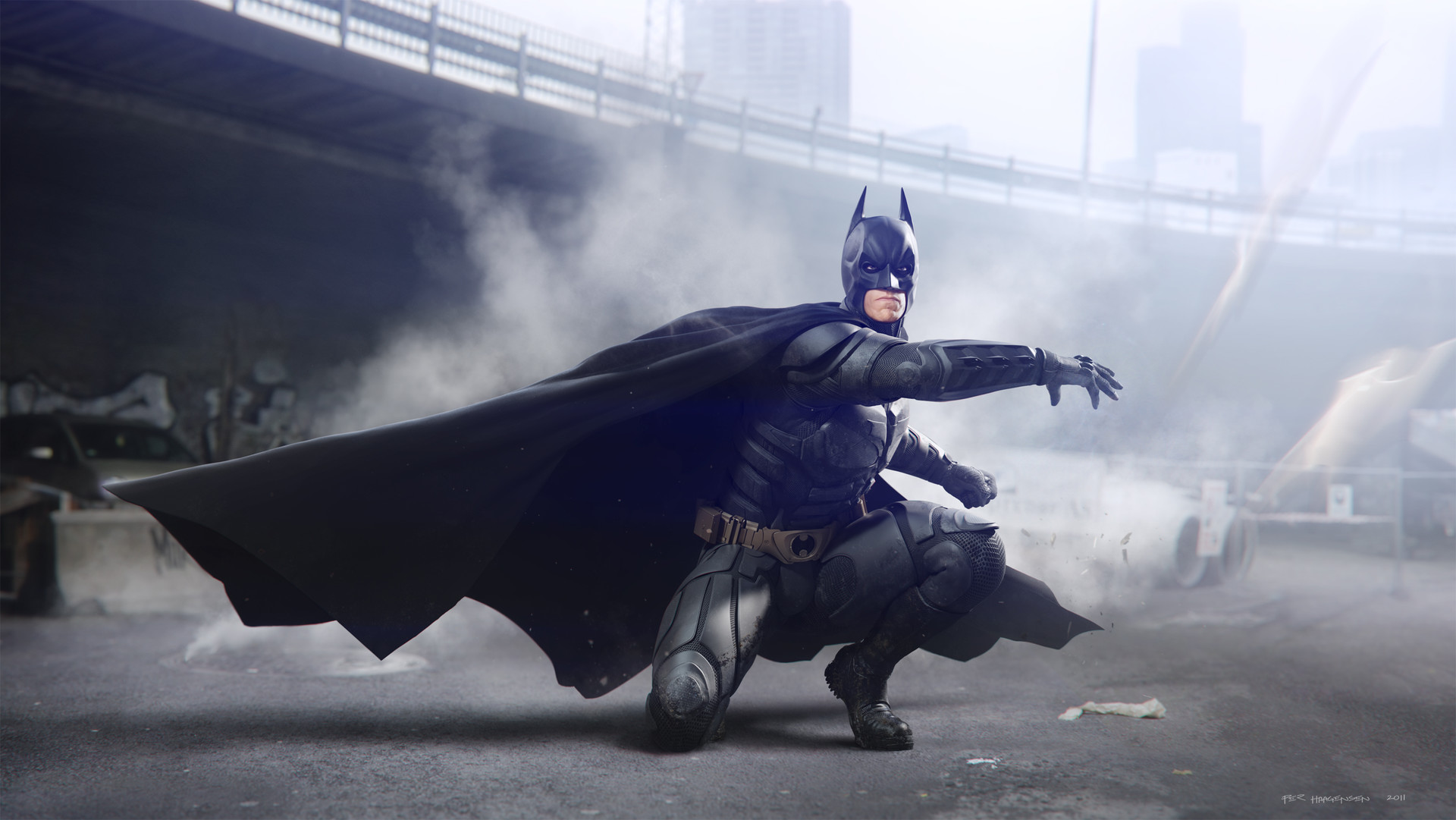 See more of Per’s work on his portfolio website. To learn more about ArtStation Pro websites, click here.
See more of Per’s work on his portfolio website. To learn more about ArtStation Pro websites, click here.
